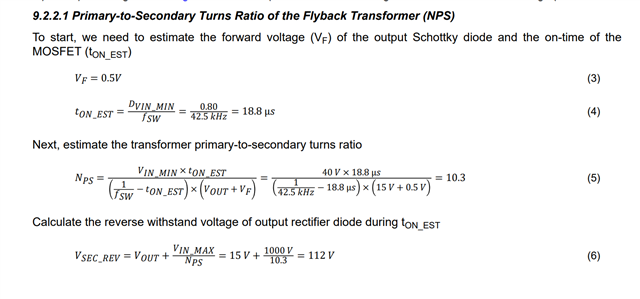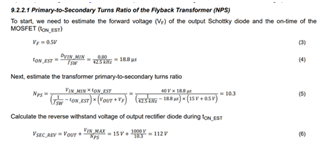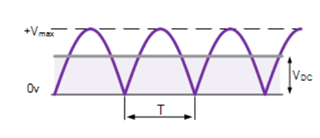Other Parts Discussed in Thread: UCC28C54
Hi
I have a WeBench related question regarding a design that WeBench made and how WeBench performs the calculation of turns ratio for a flyback transformer.
It concerns a design for the UCC28C54.
According to the data sheet, the primary to secondary turns ratio is calculated as
NPS = VIN_MIN × tON_EST / ( (1/fSW − tON_EST) × (VOUT + VF) )
Where tON_EST is given by
tON_EST = DVIN_MIN / fSW
Now, the WeBench design gives the following data
DVIN_MIN = 37,291
fSW = 41.951 kHz
VIN_MIN = 311.124 V
VOUT = 12 V
VF = 1,05 V
Calculating for Nps with the data given from the WeBench design using the formulas in the datasheet, gives Nps = 14,2
BUT, thee WeBench design states Primary winding 119 turns and secondary winding 12 turns, which gives Nps = 9,9
Can you please explain this big difference?
I have attached the concerned WeBench design for reference.
Thanks, Thomas Nilsson











